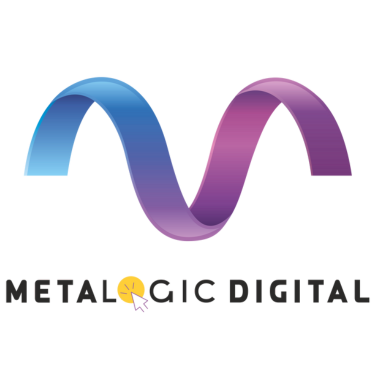1. What is Content Repurposing?
Strategic practice is to revive the material and use it for use in various formats or platforms. Instead of continuously creating new materials, disaster can reach lifetime and its best performing materials.
Examples:
2. Benefits of Content Repurposing
a. Maximize ROI
Each piece reduces the time and cost of construction of material, maximizing the output and access of each piece.
3. Effective Content Repurposing Strategies
a. Start With Pillar Content
Create comprehensive, long-form content (e.g., a guide, webinar, or whitepaper) that can serve as the foundation for multiple smaller pieces
4. SEO Optimization Through Content Atomization
a. Boost Keyword Targeting
Repurposed content gives you multiple opportunities to target different variations of relevant keywords.
5. Platform-Specific Repurposing Ideas
6. How MetaLogic Digital Helps Maximize Your Content ROI
At MetaLogic Digital, we specialize in helping brands turn a single piece of content into an omnipresent marketing asset. Our content repurposing services include:
7. Common Mistakes to Avoid in Content Repurposing
a. Copy-Pasting Without Context
Content needs to be tailored for each platform. What works on LinkedIn might not resonate on Instagram.
Conclusion
The material resurrection is the final development hack in the digital marketing scenario of 2025. This enables brands to reduce adaptations from more engagement, traffic and the same material assets. By converting pillar material into several formats and distributing them on platforms, you greatly increase the story of your brand and strengthen the story of your brand.
MetaLogic Digital,ensures partnership with digital that your content works hard and smarter. From strategy to execution, we help you reproduce with purpose - it is worthy of your business to maximal each touchpoint and distribute ROI.
MetaLogic Digital,ensures partnership with digital that your content works hard and smarter. From strategy to execution, we help you reproduce with purpose - it is worthy of your business to maximal each touchpoint and distribute ROI.
Frequently Asked Questions
Frequently asked questions

01
What is material atomization, and how does this material differ from resurrection?
Content atomization is a type of content, where long-term content is broken into small, platform-specific pieces. While resurrection means changing updates or changing forms, atomization is particularly focused on distributing several micro-assets.
02
How many times should I re -present my content?
Ideally, reproduce quarterly evergreen and high -performing materials to maintain relevance and promote SEOs.
03
What type of content is best suited for revival?
Whitepappers, guides, webinars, case studies and blog posts are excellent for revival due to their depth and value.
04
Can the material be negatively affected negatively to SEOs negatively?
Not if done correctly. Ensure each version has unique titles, introductions, and context. Google favors useful, unique experiences, even from similar content.


